Volatile corrosion inhibitors can protect from corrosion or the environment, but they shouldn’t form partially carcinogenic nitrosamines.


Volatile corrosion inhibitors can protect from corrosion or the environment, but they shouldn’t form partially carcinogenic nitrosamines.

Two research teams synthesize highly ordered carbonaceous structures, such as graphene, using unusual but everyday raw materials, and even waste.
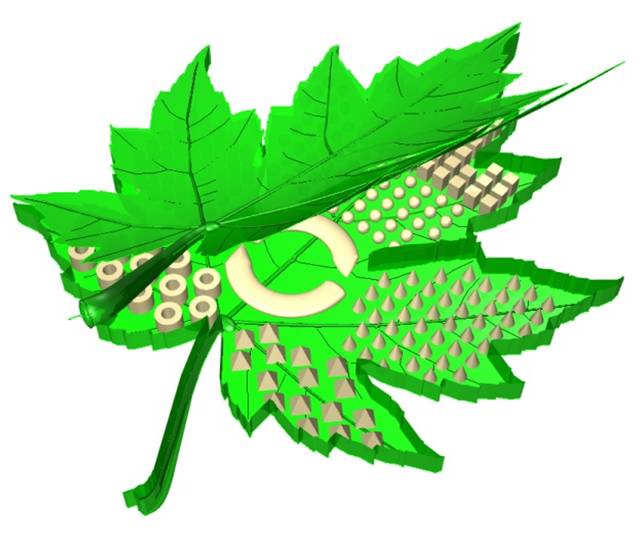
Professor Geoffrey Ozin discusses what he believes may be the largest challenge of the century—the development of an artificial photosynthetic machine.
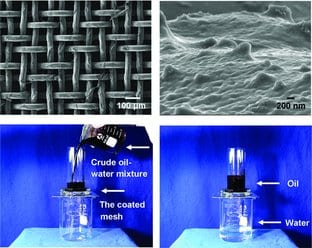
A steel mesh with a porous hydrogel layer is both superoleophobic and superhydrophilic, allowing water to drain while retaining oil.
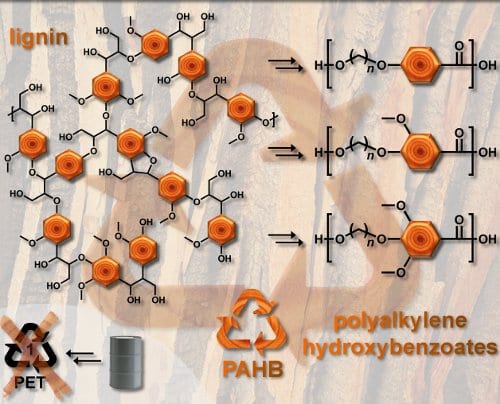
University of Florida researchers report PAHBs derived from lignin, a by-product of the paper pulping and cellulosic bio-ethanol industries
Carbon nanotube-enzyme composite electrodes are applied in glucose biofuel cells.
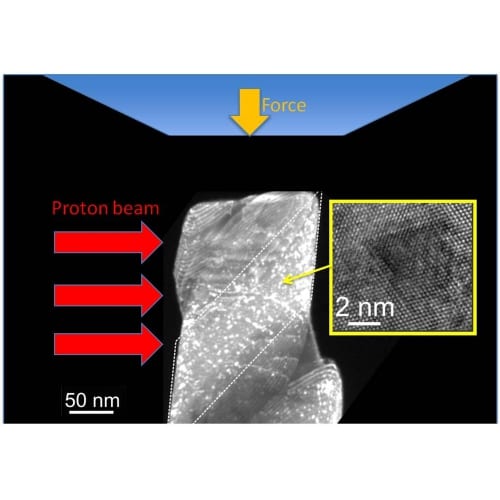
A new method for testing irradiated materials on the nanoscale could reduce the risk of a repeat of the recent events in Fukushima
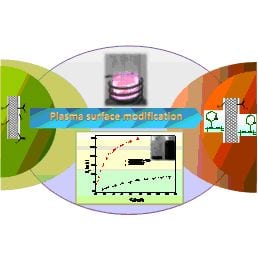
Scientists at Institute of Plasma Physics, CAS, have developed a way to modify multiwalled carbon nanotubes to enhance their dispersion properties and adsorption capacities
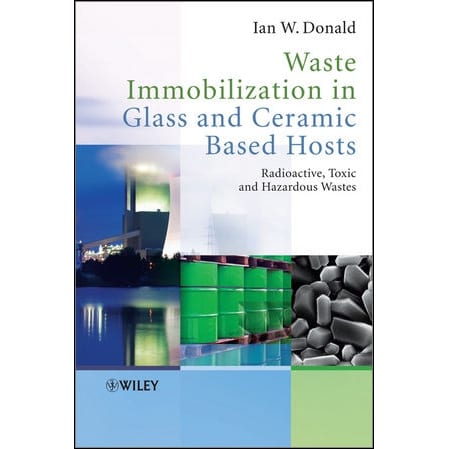
Dr. Michael Ojovan of NTEC reviews Dr. Ian Donald’s new book on managing nuclear waste with glass and ceramics
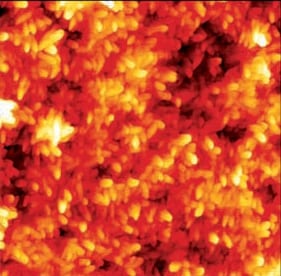
Scientists from the University of Linz engage in developing electronics that can simply be thrown onto the compost heap or, if in a pinch, could even be eaten!